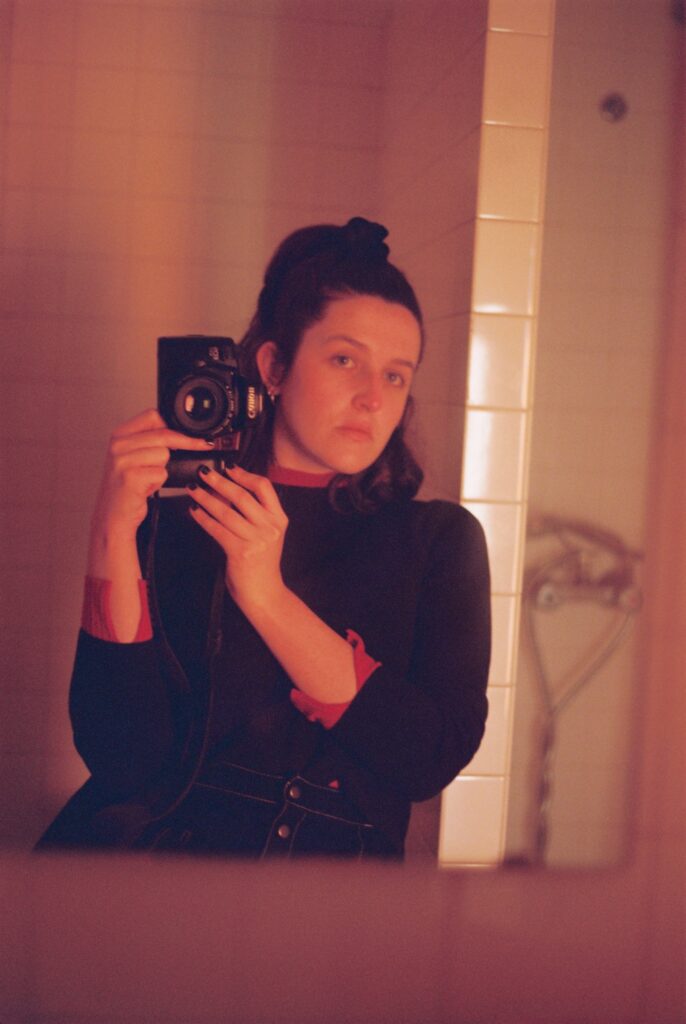Contact
Artist and freelance photographer from Bilbao, currently based in New York City.
Email: hello@helenagoni.com
Substack (sent quarterly)
BIO & Statement [ENG] [SPA] [EUS]
.
I photograph people, places and objects I love, want to learn from, get inspired by and wonder about.
These images become part of a bigger archive that I revisit from time to time. Time allows an image to gain new meaning and reveal themselves under a different light. Images make me curious about other photographic processes that reflect on the imprint and the trace, like a photogram or a cyanotype. Writing is something I have always enjoyed and I want to further explore how to incorporate it into my practice. In 2020 I founded Caleidoscopio, a learning space on contemporary photography aimed at young people from the Basque Country between 16 and 25 years old. This program is currently on hold as I recently moved to New York City but hopefully will happen again some day.
🙁

Texts
Easy Easy Rider
Élyse De La Croizetière[ES]
Ambos atravesados como por el corte de una cuchilla, 2019
Karlos Martinez B.[ES]